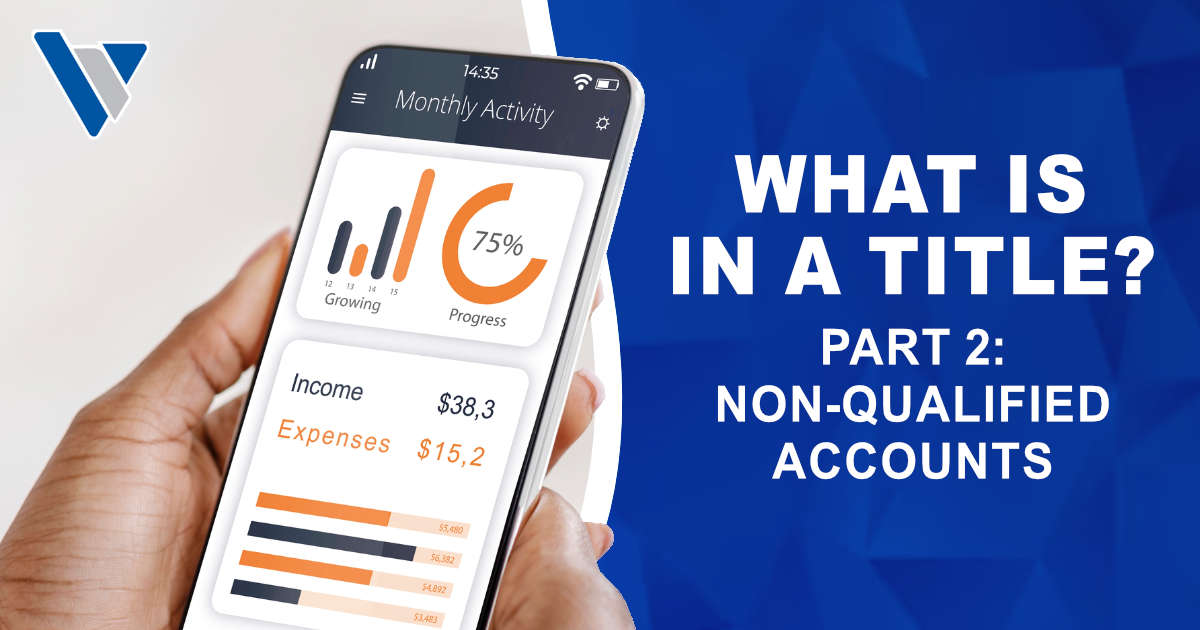In my last article, I discussed the importance of proper titles in regards to qualified accounts,...


“Numbers never lie, after all; they simply tell different stories depending on the math of the tellers.”
Luis Alberto Urrea
If I told you 2 companies out of 500 are doing very well but the other 498 are doing just ok, or even not very good, would you say the economy or markets are strong? Or even vice versa, would one say the economy is bad because 2 companies are doing poorly, but 498 are doing well?
Even though the above point might be a bit of an exaggeration, this is where we stand today. Due to how the Dow Jones Industrial Average (DJI) and S&P 500 are calculated, I posit they are almost worthless today as a real benchmark, or at best, very misleading. Neither embody the real markets they supposedly represent. Sadly, the bigger issue is that I don’t see a way where either become meaningful again.
Let’s first discuss the DJI, the grandaddy, or Rose Bowl, of stock benchmarks. Charles Dow, the man responsible for developing the DJI, introduced it in 1896. This was in a day where benchmarks were almost nonexistent, and the stock markets were rather crude in their existence. He chose 12 stocks that he believed represented the market. Our economy wasn’t as diversified back then and mainly consisted of industrial companies. Thus, the Dow Jones Industrial Average.
Trivia time: Of the 12 original companies in the DJI, which one is the only company still with us today?
Interestingly, he weighted the 12 stocks by price. Meaning, the higher the stock price, the more impact that company’s return has on the overall index. That measure remains today. This creates a situation like today in which United Health Care (UNH) represents approximately 9.5% of the index’s return. If the DJI was equal weighted, UNH would be 3%. Why does UNH represent so much more? Because its stock price is high. Nothing more. Doesn’t seem very logical, right?
Bottom line, stock price by itself tells us very little about a company, making it one of the worst metrics to use to weight an index.
The S&P 500 weighting is more logical but currently has an issue with too few companies having too big of an impact on the index. Recall the question I started off with — if a market has 2 stocks doing well but 498 doing just ok, would you think the overall market was strong? That is the case with the S&P 500 today, even though it isn’t just 2 stocks but instead around 8. Again, there are 500 stocks in the S&P 500, supposedly representing the market as a whole. Stocks in the S&P have a weight assigned based on market cap (stock price multiplied by shares outstanding – a measure of a company’s total worth or current value). We have now entered the age of mega cap stocks. Apple, Microsoft, Google and Amazon all have market caps of over $1 trillion, with Apples topping $2.5 trillion. If you just drop down to the stock ranked 10th in weight, you will find UNH, which recall is the stock with the most weight in the DJI, but a market cap 5 times less than Apple.
The S&P 500 is so top heavy that a handful of stocks have driven the performance for years. In 2022, in which growth stocks led the way down, the S&P 500 was down 19%. If all the stocks in the S&P 500 had the same weight assigned, the loss would have been approximately 13%. This year, weighted has almost a 7% return as of May 9 while the equal weight is up less than 1%. Bottom line, an equal basket of 492 stocks is basically flat this year, but 8 of the biggest stocks, measured in market cap, are up.
I propose that looking at an equal weight S&P 500 index may be a better reflection of how the overall market is performing.
Diversification is where this all leads. As you can see, a weighted S&P 500, which is not as diversified as an equal weighted S&P 500 has higher highs and lower lows. Equal weighted significantly outperformed in 2022 but has underperformed in 2023. However, if you look at both time frames combined (from January 1, 2022 to May 9, 2023), the equal-weighted S&P 500 (i.e. the diversified portfolio) has outperformed the weighted S&P 500 (concentrated in 8 positions).
Trivia answer: The old faithful, General Electric (GE).
You can’t invest directly into the S&P 500 or DJI but there are ETFs that copy them. The point of this article is not to suggest which one is best but rather to point out that benchmarks can be misleading. You first must define your goals with your money and decide if you want volatility in your portfolio before you set a benchmark to chase.
Another, and one that is better in our view for those close to or in retirement, is to first determine the return you need to reach your goals and live the lifestyle you want. Once you determine that, let that drive your investing decisions, including how much risk (diversification) to take and the expectations you should have for your portfolio.
The advisors here at Virtus Wealth Management are happy to answer any questions you might have. Fee free to call us at 8170717-3812 to see how we can help you.